One thing I cannot live without in my classroom would be my bag of dice! A hodgepodge of colors and shapes, they are never far from my desk and ALWAYS a hit with the kids. Get away from boring worksheets by using dice to make lessons more engaging and fun!
Read below for five ways you can increase engagement in your world language classes by using dice. If you need dice, I highly recommend using foam dice as they are quieter and don’t seem to fall of desks as easily. I like these large foam ones and these that are regular size.
1. ICEBREAKER
Start the school year by having student break into small groups and taking turns sharing fun facts about themselves based on the number they roll.
This also works well later in the term as a review activity with questions like ¿Cuántos años tienes?, ¿Cómo te llamas?, ¿De dónde eres?, ¿Cómo estás?, ¿Qué te gusta hacer?, ¿Cuál es tu clase favorita?, ¿Cómo eres?, or whatever it is you want your students to practice.
2. VERB CONJUGATIONS
Great activity to reinforce a new verb tense or review before a test! This activity can be done with any verb tense or set of verbs. I have done this with everything from the imperfect tense to a list of present tense irregular verbs that needed review.
HOW TO DO THE ACTIVITY:
Put students into pairs and instruct each group to take out a piece of paper and a writing utensil. While one student numbers the piece of paper 1-30 (I mix this up between the person in the group who is the oldest, youngest, has the next birthday, arrived at school last that day, has the longest hair, etc.), have the other student in the pair choose a die from the bag. Once everyone has their papers numbered and a die, do a quick whole-class review on how to count from 1-6 in Spanish. Then choose one student to roll his/her die and tell you the number in Spanish. Write the number on the board (see green) and have him/her roll one more time. Put that number next to the first number with a comma in between. Do two more examples with the students and then instruct them to have the student with the die roll and tell (IN SPANISH!) while the other student writes the numbers for 1-15 and then switch roles so dice kids become writers and writers get to roll and tell for 16-30. Have them hold their die when they are done.
Once all groups have 30 number combinations, bring everyone’s attention back up to the board. Tell them the first number in the combo indicates the verb they will be conjugating in the preterite tense (or whatever you choose- see red) and the second number tells them what subject they are conjugating for (see blue). Look at the three examples in green with the students. The first number is dos. What verb are we using? Comer. The second number is seis. What subject? Ellas. What is the ellas form of comer in the preterite tense? Comieron. Write that next to the numbers 2,6. Do the other two examples and ensure understanding before turning pairs loose to conjugate their own 30 combinations. Make sure to tell students to work together to conjugate the verbs instead of divvying up the list. That method does NOT help them learn how to conjugate! I always erase the example answers once students get going so they cannot copy those onto their own sheets if they happen to have the same combos.
Before a group can turn in their paper, the group has to find me. Each person in the group has to roll two dice, do the conjugation in his/her head, and tell me the answer out loud. If both correct, they can turn their paper in. If someone gets one wrong, they need to double-check their answers.
OPTION:
Fast finishers in the class? Have them do verbal conjugations by rolling the dice twice and doing the conjugation in their heads and saying the answer to their partners. Partners can then verify whether or not that conjugation is correct before taking a turn.
3. SENTENCES
Similar to Activity #2 where students conjugated verbs, except now students are writing complete sentences in pairs. I like to do this activity at the end of the unit when students are comfortable with verb meanings and conjugating and are ready to put everything together.
HOW TO DO THIS ACTIVITY:
To do this activity, set it up exactly like you do for #2 all the way until students have rolled their 30 number combinations and are waiting for further instructions. NOW, do a quick review of what the verbs in red mean.
Then tell students they are going to be writing present tense sentences (or for whatever verb tense you choose) for various verbs and subjects. The first number in the combo tells them the verb the sentence needs to include (see red) and the second number tells them what subject the sentence should use (see blue). Check for understanding by asking students what verb Example #1 (see green) will use if the first number is dos. The answer? Comer. What subject will the sentence use if the second number is tres? Paco.
Now show them how to write a complete sentence using that information. Reviewing the formula SUBJECT + VERB + COMPLEMENT always helps my students. Encourage students to write rich sentences that include more than just a subject and verb. Talk about adding details to sentences like the how, what, when, where, and with whom. Do two more examples with the class and try to elicit each part from the students.
Once you feel confident in their understanding of the activity, have them write their own sentences with their partners.
EXTENSION ACTIVITY:
After all the groups are done writing their sentences, hang all the papers up around the room. Then have pairs walk around together and translate one sentence on each paper. Can be any sentence on the paper that hasn’t been translated yet. By doing it that way, very rarely do you come across a group who cannot translate a single sentence. Helps students feel successful, keeps them engaged, and builds their confidence. To keep groups accountable you could give a different color of marker, crayon, or colored pencil to each group. That allows you to quickly see if all the pairs made it to all the papers.
4. MATH PROBLEMS
Are your students learning numbers? Put them in pairs and have them number a piece of paper 1-30 (or whatever number you decide on). Have students in each group take turns rolling a die and writing down number combinations. Students only know 1-12? Have them turn those numbers into addition problems and solve. Answers should be written out in Spanish. Maybe your students know up to 36? You could have students make multiplication problems with the numbers and solve. Again, answers should be written out in Spanish.
5. ASSIGNMENT CHOICE
Give students a list of assignments numbered 1-6 and have students roll a die to determine what activity they will each do. For some reason, students are a lot less likely to groan about an assignment if they are responsible for their choice as opposed to me telling them to do it. I usually do 2-3 rounds. If students roll the same number twice, have them roll again until they get a new number.
EXAMPLE:
If we were studying the imperfect tense, my list might look like:
1- Boom Cards! Have students play a deck of Imperfect Tense Boom Cards. Write the Fast Pins link on the board and they can complete the deck on a device. Click HERE to see all 80+ Boom Card decks in my store.
2- Write a paragraph of five sentences about what you were like as a child using the imperfect tense.
3- Write five questions you could ask a classmate about things he/she used to do or would do when he/she was younger.
4- Sentence corrections! Correct the 10 imperfect sentence that each have one mistake in them. You need to re-write the whole sentence on your paper. (I usually have them hanging up in a couple places around the room)
5- Fill in the blank! Complete the 20 fill in the blank sentences on the sheet given to you.
6- Task cards! Do the 20 task cards hanging in the back of the classroom. Here are a few of the task card sets I use in class. Click HERE to see all 60+ in my TpT store.
Have you used dice in your classroom? I love learning new ways to use them! Please share in the comment section below. Thanks!
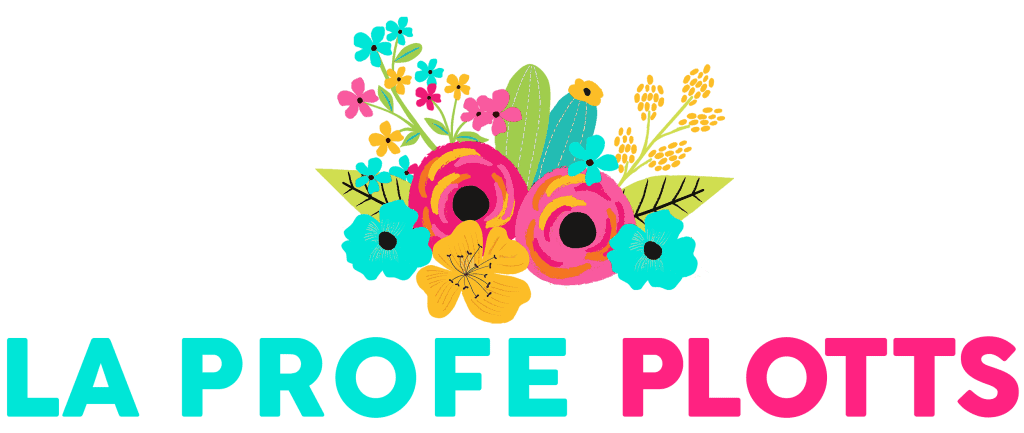
Find me on Pinterest! Find me on TpT!





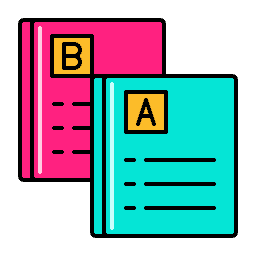




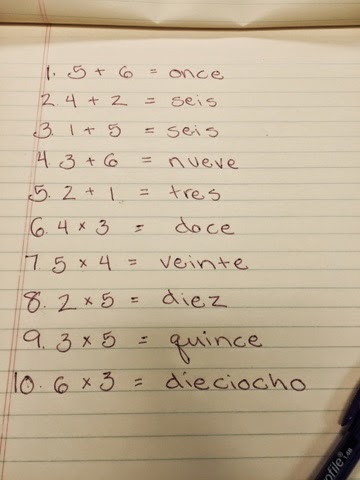
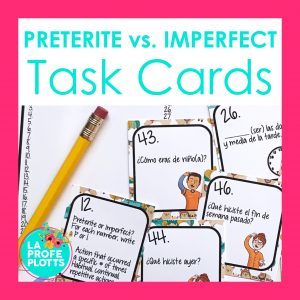
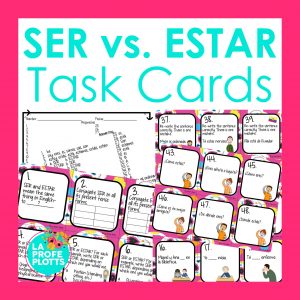
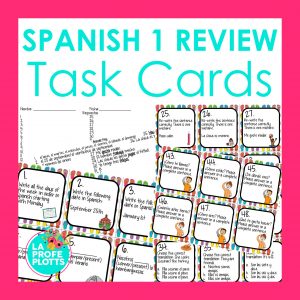
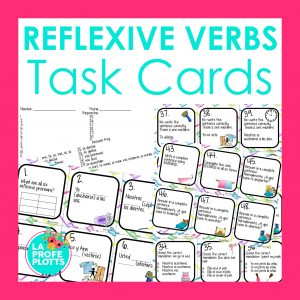

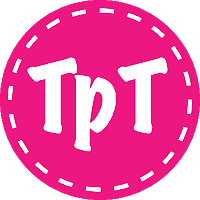



2 Responses
We play a game called “seis” that I found along the way somewhere (I don’t want to take credit for making it up) and my kids love it. It is played in pairs with a set of vocab flashcards and a die. One student rolls the die continuously, trying to roll a six. Meanwhile, the other student goes through the flashcards saying as many items as they can out loud in Spanish. When the student rolling the die gets a six, they yell out “seis.” At that point, the student with the cards counts up how many cards they were able to say before their partner rolled a six, and that is their score for that round. Students then switch roles. Play continues back and forth like this for, you guessed it,…six minutes! Whoever has the most points at the end is the winner.
I LOVE that idea!! Thanks for sharing. ❤️